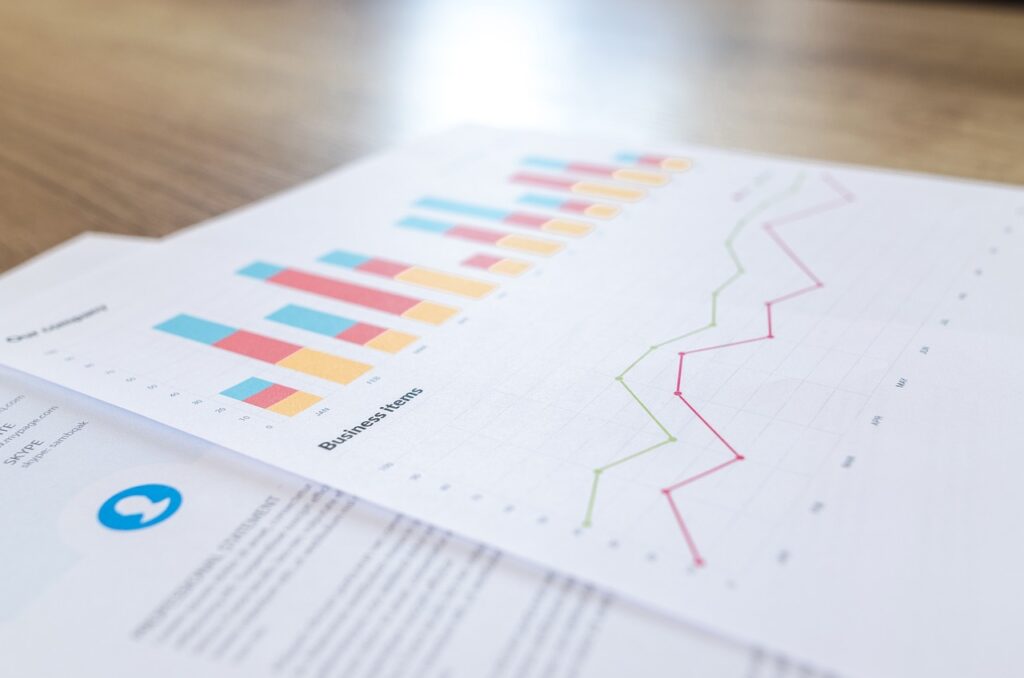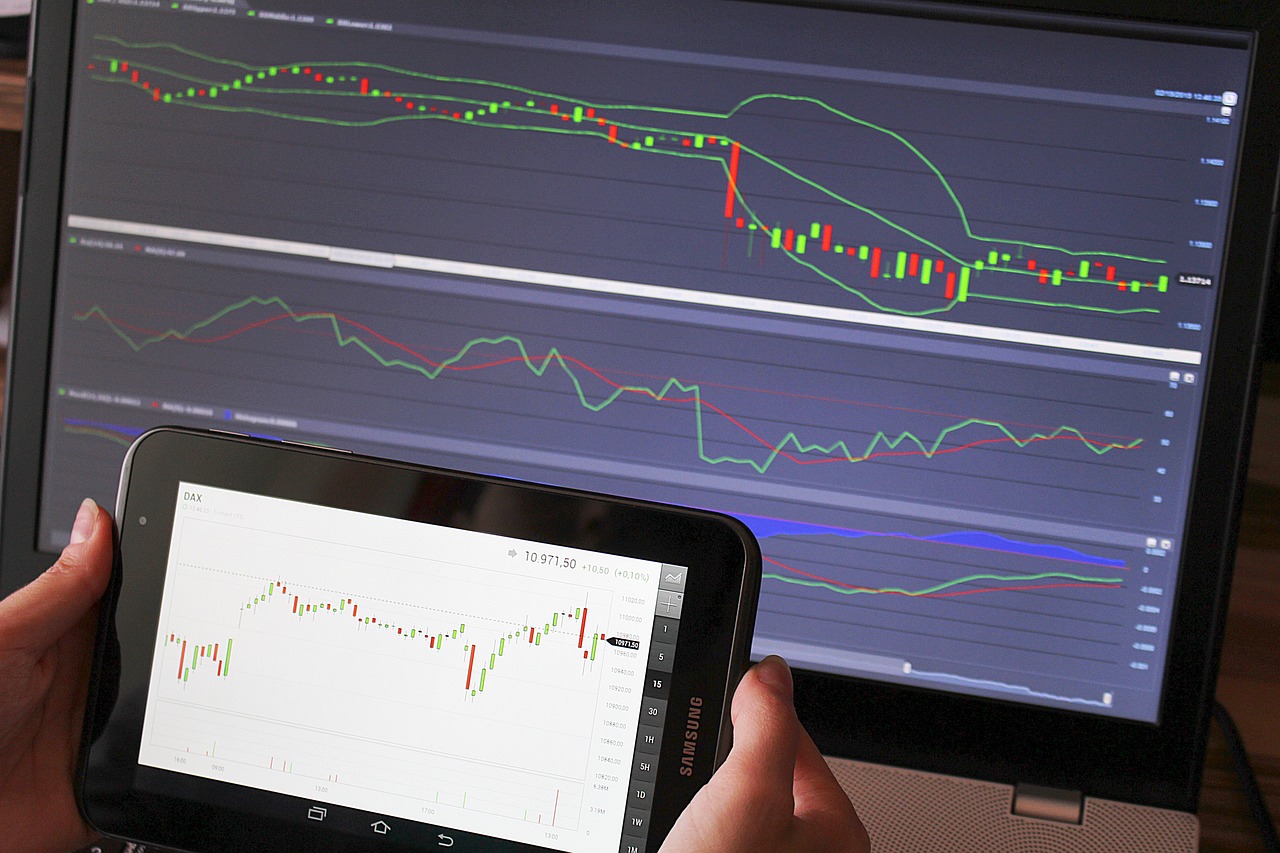As the 46th President of the United States, Joe Biden approval rating has become a focal point of political discourse, reflecting not only public sentiment but also the complex dynamics of contemporary governance. In a rapidly changing political landscape, understanding Biden’s approval rating is crucial for grasping the implications it holds for his administration, the Democratic Party, and the broader American electorate. This article delves into the intricacies of Biden’s approval rating, its fluctuations, the factors influencing public opinion, and the potential consequences for his presidency and future elections.
What is Approval Rating?
Approval ratings are metrics used to gauge public sentiment regarding a political leader’s performance, typically expressed as a percentage of respondents who approve of the leader’s actions and decisions. These ratings can significantly impact a president’s ability to implement policies, mobilize support, and maintain party unity.
Historical Context of Joe Biden Approval Rating
When Biden assumed office in January 2021, his approval rating started strong, largely due to the immediate relief efforts associated with the COVID-19 pandemic. Early on, he enjoyed significant support, with approval ratings often hovering around the mid-50s. This initial popularity stemmed from the passage of the American Rescue Plan, a comprehensive $1.9 trillion stimulus package designed to alleviate the economic burdens caused by the pandemic.
The Pandemic Effect
Biden’s handling of the pandemic played a crucial role in shaping his early approval ratings. With mass vaccinations rolling out and economic recovery beginning, many Americans felt hopeful and supportive of the administration’s efforts. However, as the Delta variant surged in the summer of 2021, public perception began to shift, leading to increased scrutiny of the administration’s response and, consequently, a decline in approval ratings.
Factors Influencing Joe Biden Approval Rating
Understanding Biden’s approval rating requires an analysis of various factors that contribute to public opinion.
1. Economic Conditions
The state of the economy has always been a significant determinant of presidential approval. In Biden’s case, early successes in implementing pandemic relief and stimulating job growth contributed positively to his ratings. However, challenges such as inflation and supply chain disruptions have since complicated this narrative. Rising prices, particularly in essential goods like gas and food, have led to growing dissatisfaction among voters, impacting their perception of Biden’s economic management.
2. Domestic Policy Decisions
Biden’s ambitious domestic policy agenda, which includes infrastructure spending, climate change initiatives, and social programs, has drawn both praise and criticism. While his Build Back Better plan initially garnered support, the difficulties in passing significant legislation through a closely divided Congress have led to frustration among progressive supporters. The inability to deliver on key promises has affected public trust and approval ratings.
3. Foreign Policy Challenges
Biden’s approval ratings have also been influenced by foreign policy decisions, particularly concerning the withdrawal from Afghanistan in August 2021. The chaotic exit, which was widely criticized, resulted in a significant dip in Biden’s approval ratings, as many Americans viewed the handling of the situation as a failure. This illustrates how international events can swiftly impact domestic perceptions of a president.
4. Partisan Polarization
Biden’s approval rating is also reflective of the increasingly polarized political landscape in the U.S. Approval ratings are often highly partisan, with Democrats overwhelmingly supporting Biden and Republicans largely opposing him. This polarization complicates efforts to achieve bipartisan support for policy initiatives, further affecting public perception.
Current Trends in Joe Biden Approval Rating
As of late 2023, Biden’s approval rating has shown a notable fluctuation. After a significant dip following the Afghanistan withdrawal and rising inflation, recent trends indicate a gradual recovery, especially in the wake of economic stabilization and job growth. Polls suggest that voters are beginning to reassess their views, particularly as the economy shows signs of improvement and legislative successes, such as the Infrastructure Investment and Jobs Act, come to fruition.
Key Polling Data
Polling data from various sources, including Gallup, Quinnipiac, and CNN, illustrate the ups and downs of Biden’s approval rating. In recent months, his approval has averaged in the low to mid-40s, while disapproval ratings hover around the 50% mark. These numbers reflect a divided electorate, with independent voters increasingly critical of his performance.

The Impact of Approval Ratings
1. Legislative Agenda
A president’s approval rating can significantly impact their legislative agenda. Higher approval ratings typically facilitate the passage of significant policy initiatives, while lower ratings may lead to gridlock. Biden’s current ratings will influence his ability to push through remaining parts of his agenda, especially with the 2024 elections on the horizon.
2. Midterm Elections
Biden’s approval rating is crucial as the country approaches the 2024 midterm elections. Historically, the party of a sitting president tends to lose seats in Congress during midterms when approval ratings are low. As Democrats gear up for the elections, Biden’s ability to rally support and maintain a favorable image will be pivotal in determining the party’s success.
3. Public Trust and Confidence
Approval ratings also reflect public trust in government. A significant decline in approval can lead to broader skepticism about the administration’s ability to address key issues. This erosion of trust can have long-term consequences, affecting voter engagement and perceptions of democratic institutions.
4. Future Elections
Looking ahead to the 2024 presidential election, Biden’s approval rating will play a crucial role in shaping his re-election campaign. A solid approval rating could bolster his chances, while continued low ratings may prompt challenges within the Democratic Party and reduce voter enthusiasm.
Conclusion
Joe Biden approval rating serves as a barometer of public sentiment, reflecting the complex interplay of economic conditions, policy decisions, partisan polarization, and global events. As the political landscape evolves, understanding the nuances behind these ratings is essential for deciphering the current administration’s direction and its implications for future governance.
In an era of unprecedented challenges, Biden’s ability to navigate these dynamics will not only shape his presidency but also influence the Democratic Party’s future and the American political landscape as a whole. Whether through addressing pressing economic issues, enhancing public trust, or uniting a divided electorate, Biden’s journey ahead is undoubtedly intertwined with the perceptions and expectations of the American public.
FAQs About Joe Biden Approval Rating
1. What is Joe Biden’s current approval rating?
As of late 2023, Joe Biden approval rating has averaged in the low to mid-40s, with disapproval ratings typically around 50%. These numbers can fluctuate based on recent events and public sentiment.
2. What factors influence Biden’s approval rating?
Biden’s approval rating is influenced by various factors, including economic conditions (like inflation and job growth), domestic policy decisions (such as infrastructure spending), foreign policy events (like the Afghanistan withdrawal), and the overall political climate, including partisan polarization.
3. How does Biden’s approval rating compare to previous presidents?
Biden’s approval rating is relatively typical for a president in the first half of their term, especially given the challenges he has faced. Historical comparisons show that many presidents experience similar fluctuations based on key events and public perception.
4. How do approval ratings impact Biden’s presidency?
Approval ratings can significantly affect a president’s ability to enact their legislative agenda, mobilize public support, and maintain party unity. Low approval ratings may hinder efforts to pass key legislation and impact upcoming elections.
5. What are the implications of low approval ratings for the Democratic Party?
Low approval ratings for Biden could lead to challenges for Democratic candidates in upcoming elections, particularly in the 2024 midterms. Historically, the party of a sitting president tends to lose seats in Congress when approval ratings are low.














